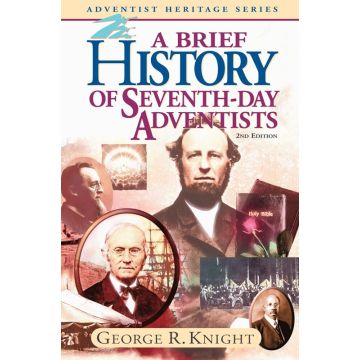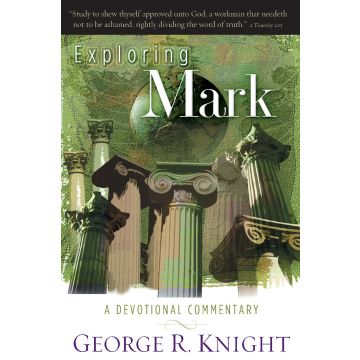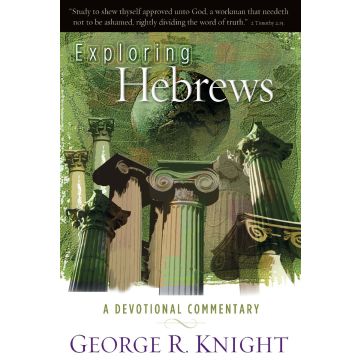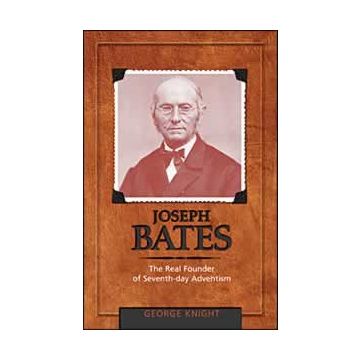A Search for Identity

This product qualifies towards the free shipping offer.
Description / A Search for Identity
How did we come to believe what we believed? How have those beliefs changed over the years? With compelling candor, George Knight captures the ebb and flow of the doctrinal currents within Adventism, including controversies over the shut door, the law in Galatians at the 1888 General Conference, the Trinity, pantheism, Fundamentalism, the nature of Christ, and inspiration.
The Adventist Church was founded by independent thinkers who would have disagreed with several of the church's current 27 fundamental beliefs. But over the years strength arose out of contention, and consensus out of debate. From William Miller to Desmond Ford, Knight catalogues the colorful personalities who shaped the discussion, and shows how God has led His church into broader and deeper understanding of His eternal truth.
"This book has the potential of being one of the most influential books written within Adventism in the past 75 years."--Willmore Eva, Editor, Ministry Magazine.
More Information
| Item Format | Paperback |
|---|---|
| Author Name | George R. Knight |
| Publisher | Review and Herald Publishing |
| Weight (lbs) | 0.580000 |
| Page Count | 216 |
| Language | English |
| Year Published | 1999 |
Customer Reviews
George R. Knight cames it clear at the beginning that his book is for the general Adventist audience and will provide an informed overview of the issues defined the theological development of Seventh-day Adventism, he succeeds tremendously. Knight's writing style makes for easy reading and his dividing up of the 150-years into four eras helps keep things very organized.
Knight begins by showing the theological thoughts that shaped the demoninations founders and pioneers before they joined the Millerite movement in the late 1830s and early 1840s leading up to the Great Disappointment, as well as the idea of "present truth" in which God would reveal further truth as time passes thus resulting in them NOT developing ironclad creeds. Knight then examines three eras in Adventist theological development in which the demonination seemed to concentrate on what Adventist, Christian, and Fundementalist in Adventism. From 1844 to 1885, the denomination developed the distinct Adventist pillars that made Seventh-day Advenists different from other Christian denomination and how they evangilized. However, Advenists seemed to forget they were Christians and from 1886 to 1919 the denomination struggled to re-emphasize what was Christian. As they did so they entered the liberal and fundementalist Christian debate wholehearedly on the fundementalist side that from 1920 to 1950 resulted in the creation was what some Adventists today think as 'historical Adventism" that the denomination still struggles with today. From 1950 onwards, Knight explains that all three themes (Adventist, Christian, and Fundementalist) in Seventh-day Adventist theological development have been interacting with one another resulting in issues arising or re-emerging creating polarized camps on one side or another.
Throughout the book, Knight gives the views of the denomination's leadership and how Ellen White viewed the issues that arose while she was alive. However I want to strongly point out that Knight doesn't cite Mrs. White as being the authority in the answer to an issue discussed in fact he strongly points to Mrs. White's on words that the answer would be found in the Bible and the Bible alone. Knight's use of Mrs. White will upset both the left/progressive and right/conservative wings of Adventism thus showing he is using her in the correct context and one that she most likely would have approved. And throughout the book, Knight recommends books if the reader wants to explore more in-depth a particular issue or position covered.
I strongly recommend this book to every Adventist, especially younger Adventists in high school. This book was first published in 2000 and if I had known about it when I was a senior in Collegedale Academy/freshman at Southern Adventist University it would have helped answer a lot of questions that began with "Why" that it took a long time to find answer.





